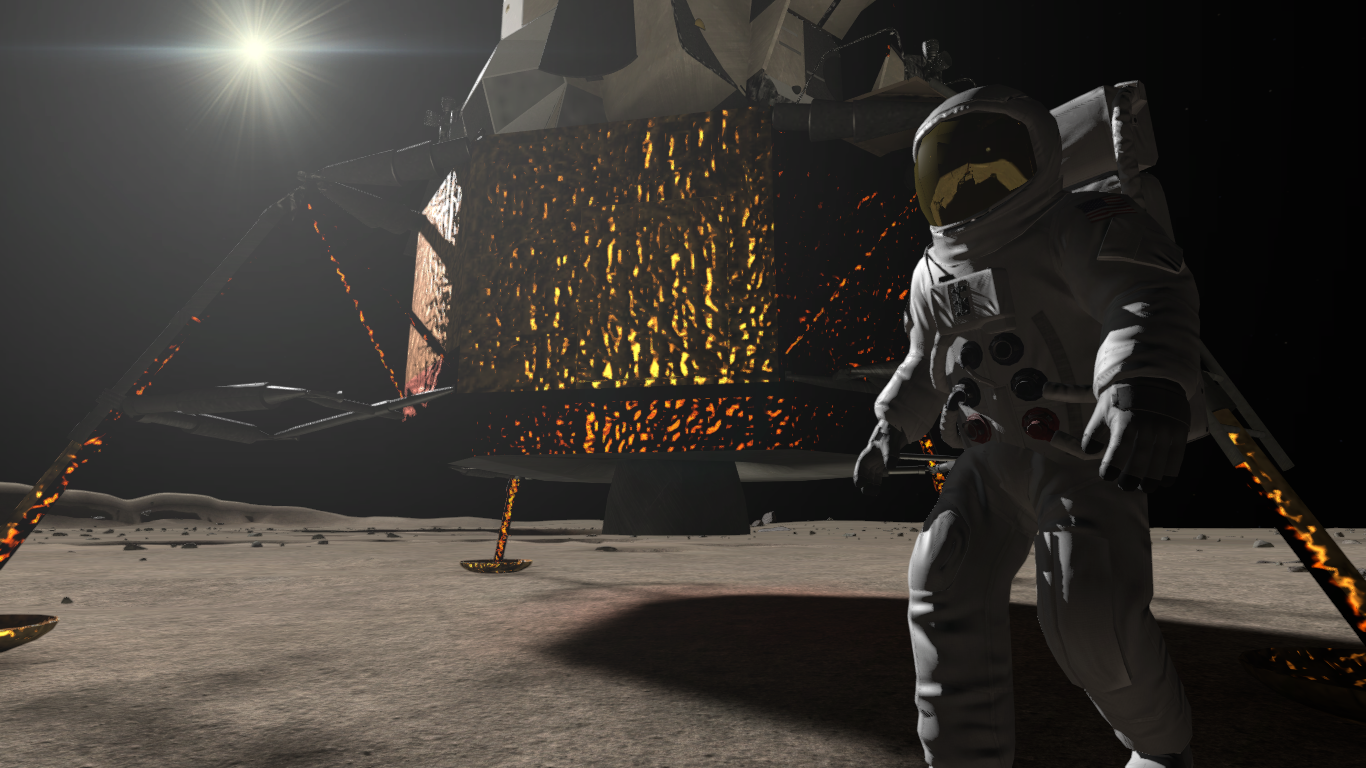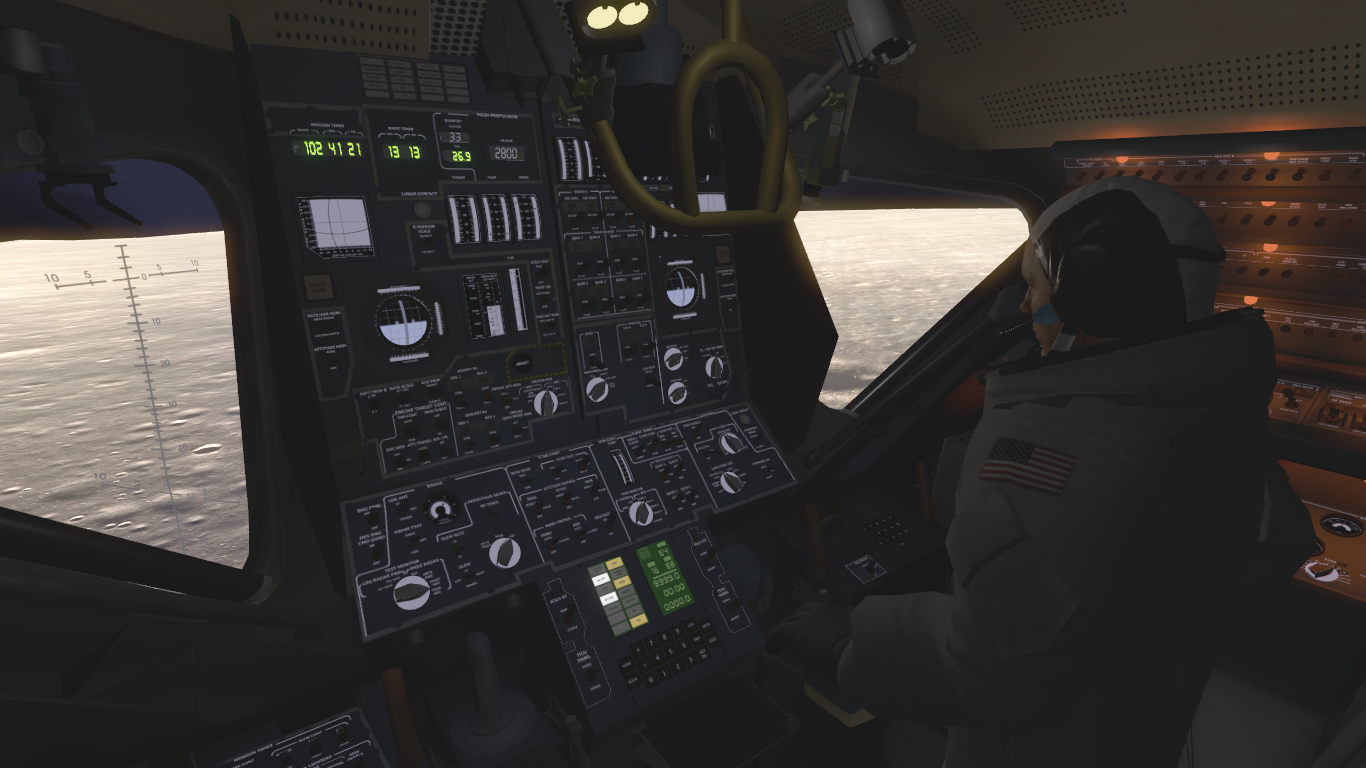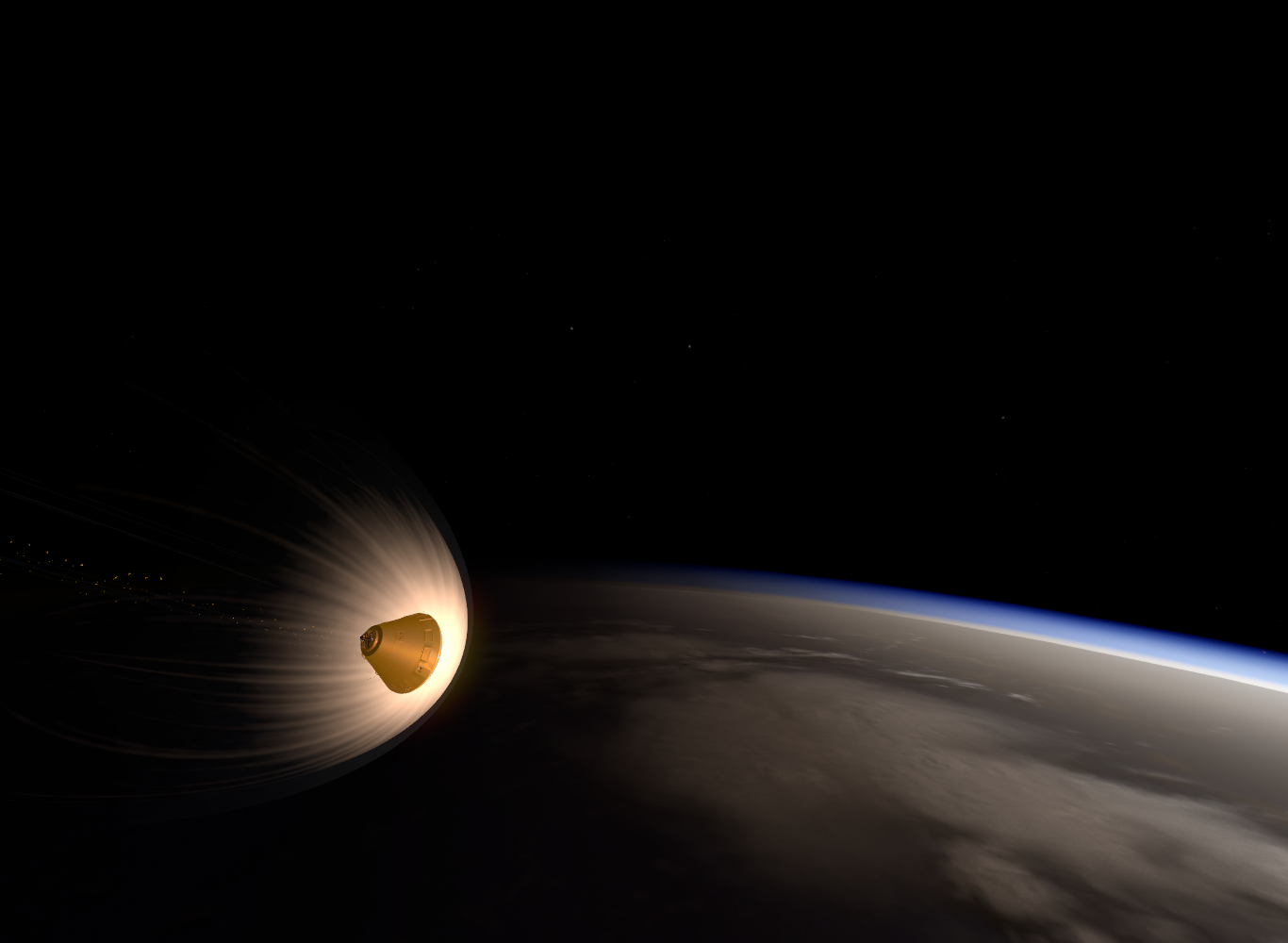Have you ever dreamed of going to the Moon? Imagined you were riding alongside Neil Armstrong and Buzz Aldrin as they piloted the lunar lander and made history?
Now you can — at least virtually.
Apollo 11 VR enables users to relive the Apollo 11 mission and take some of the first steps on the Moon—though not the very first, because Neil Armstrong is a few feet ahead, kicking up lunar dust and proclaiming, “… one small step for a man, one giant leap for mankind.”
The company behind the project, Ireland-based Immersive VR Education, calls it an “experience” or “a new type of documentary.”
It’s All about the Details

NASA has an amazing trove of data about the Apollo lunar missions available online. This includes a pair of volunteer projects, the Apollo Flight Journal and the Apollo Lunar Surface Journal, hosted on NASA’s history website and among the most frequently used parts of the site.
Immersive VR Education CEO David Whelan said these repositories provided his company with extremely detailed design plans that illustrated the interiors of the spacecraft, the lander and the command module.
The company also worked with Apollo 16 astronaut Charlie Duke, who tested an early version of the software and helped the developers improve the accuracy of the control panel for the final release.
“We put him back where he sat in the 1970s, and based on his feedback, we changed a few things,” says Whelan, who believes every switch and dial on the control panel are now exactly accurate.
On NASA’s website, the team found a photo mosaic of the initial landing site created from many photos taken on earlier Apollo flights stitched together. The Immersive VR Education developers essentially drew their virtual world on top of that image.
“When players look out of the lander, they see every crater and every valley exactly as the astronauts would have seen them back in the day,” says Whelan, who said he was surprised by how much information was available.
“Everything is catalogued really well,” he says of the space agency’s websites. “I would have thought we’d have to contact NASA quite a lot more to get a lot of information that was actually freely available.”
Apollo 11 VR also includes original audio enhanced with music that makes the experience feel more momentous. “We find that if you get an emotional reaction from somebody, the experience sticks with them a lot more,” Whelan says.
Not Just Fun and Games
Immersive VR Education is in the business of creating virtual classrooms. The company’s flagship product, Engage, lets up to 30 people participate in real time in a virtual lecture or meeting from anywhere in the world. Such events can then be posted online for later “experiencing.”
The company built Apollo 11 VR to demonstrate a new way of teaching and learning history. “We’re trying to show the general public that virtual reality isn’t just for video games and entertainment,” Whelan says. “It’s also very useful for education.”
The app works with the Oculus Rift, HTC Vive, and Sony PlayStation virtual reality headsets, and can also be viewed on a regular computer monitor. It is available for general purchase but is free for teachers wishing to share it with students.
In its first year, Apollo 11 VR was purchased more than 40,000 times, and that was before it was available for PlayStation headsets. Immersive VR Education went on to develop an entirely free Mars Rover experience and hopes to start projects about other Apollo missions as well as a Space Shuttle series around deploying and then repairing the Hubble Space Telescope.
NASA has a long history of transferring technology to the private sector. Each year, the agency’s Spinoff publication profiles about 50 NASA technologies that have transformed into commercial products and services, demonstrating the wider benefits of America’s investment in its space program. Spinoff is a publication of the Technology Transfer Program in NASA’s Space Technology Mission Directorate.
To learn more about this NASA spinoff, read the original article from Spinoff 2018.
For more information on how NASA is bringing its technology down to Earth, visit http://technology.nasa.gov.
Rebecca Carroll
Goddard Space Flight Center




























